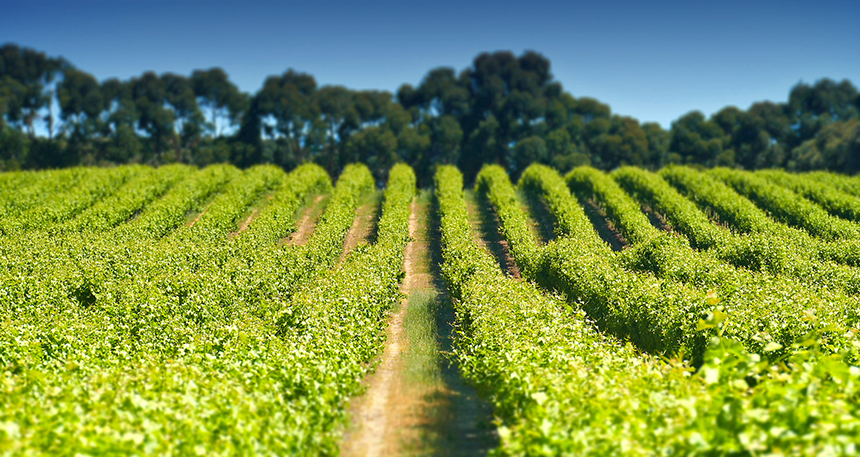



In the official report released by the Australian Government, eight key aspects of Australian agriculture was minutely examined.
Australian agriculture currently is responsible for:
The mix of Australian agricultural activity is determined by climate, water availability, soil type and proximity to markets. Livestock grazing is widespread, which means that it occurs in most areas of Australia, while cropping and horticulture are generally concentrated in areas relatively close to the coast.
At the present time, Australia has a diverse agricultural, fisheries and forestry sector, producing a range of crop and livestock products. In fact, the gross value of agricultural, fisheries and forestry production has increased by 7% in the past 20 years in real terms. Thus the growth has increased from approximately $62 billion in 2000–01 to $67 billion in 2019–20. In real terms, the value of agricultural exports has fluctuated between $40 billion and $60 billion since 2000–01.
Global agricultural demand is growing very strongly, reflecting rising per capita incomes as well as population growth, but export competition is also increasing. Asia is the fastest growing export region for the Australian agriculture, fisheries and forestry sectors.
Therefore, the future of Australia’s agriculture looks brighter than before!